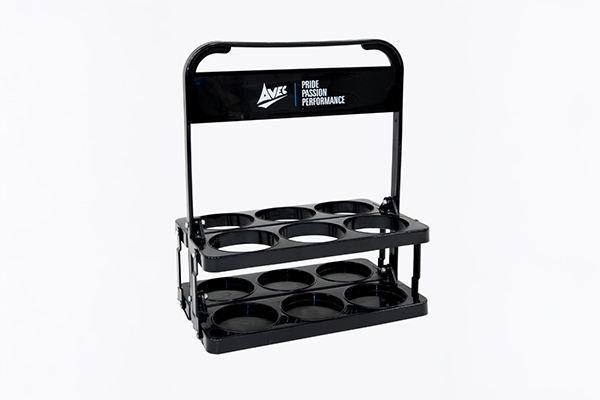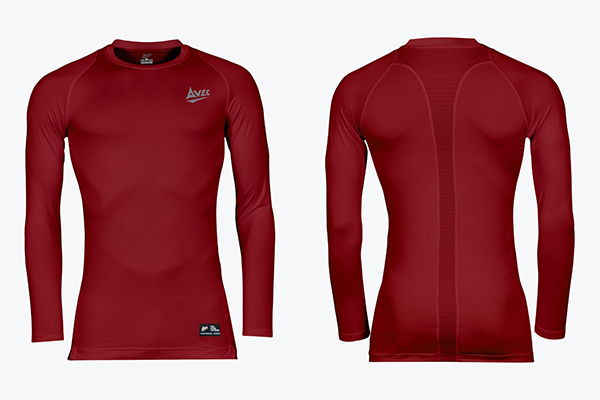
How does the weather affect football
Football is known for its fast-paced and unpredictable play, every step and every reaction can be the difference between a win and a loss. In a game with such high-stakes, everything down to the weather can make a huge difference, no matter if you’re playing or watching. From strong winds that can affect the direction of the ball to scorching heat that can prevent players from performing their best.
Regardless, the weather shouldn’t stop you from keeping up with your training or winning a game for your team. To help make sure you’re able to perform at your best no matter what mother nature throws at you, we’re going to take you through how the different weather conditions can affect your games and ways to overcome these issues.
High winds
Strong winds are commonly known to wreak havoc on football games, from changing the trajectory of the ball to slowing players down. Wind is enough to knock the perfect shot, ruin passes, and potentially cost teams the game.
In extreme cases, matches may be called off. However, if you find yourself playing in games with strong winds, then the teams will usually have to adjust tactics depending on whether they’re playing into or against the wind.
Playing with the wind- naturally, playing with the wind is more favourable as it can help with goal kicks, corner kicks, and even dribbling the ball down the field.
Playing against the wind - playing into the wind can cause players to tire quickly as they’ll have to use more effort to get the ball to the other side of the pitch.
How to play football in high winds
While professionals may just be able to adjust their playing style, beginners and amateurs might find this a lot harder without years of experience and practice in heavy winds to back them up.
On windy days, we recommend playing as low to the ground as possible and avoiding aerial shots, as this will make passes and shots more likely to go off trajectory and can cost you the game. Low passes will limit the risk of losing possession of the ball.
Heavy rain
Something which commonly affects football games played in the UK is rain. Most players who enjoy weekly matches at their club have had their fair share of playing in the rain. Rain can cause issues with everything from:
- Creating a potentially-dangerous pitch with uneven or slippery surfaces
- Causing footballer's body temperature to drop
- Interrupting the player's line of sight
- Slowing players down with heavy, wet kit
While not many matches are cancelled due to a bit of rain, assessments should still be carried out to understand whether or not it would be dangerous to play in these conditions as playing football in the rain is much more likely to cause accidents. In some cases, matches may be postponed or where possible moved to an indoor pitch.
How to play football in the rain?
One of the best ways to adapt your way of playing when it’s raining is to play slower. Try lighter touches on the ball and shorter passes when battling the rainy conditions. Having increased friction on the pitch can sometimes help players as it allows more time for reactions and adapt to strategies and make team plays.
Heat and humidity
Extreme heat is a lot less common in the UK than rain, wind and cold weather, however, those summer heatwaves are not to be taken lightly and can compromise players performance. In hot weather the muscles and skin compete for oxygen. When the core body temperature is raised exercise capacity is reduced. While professionals can train their bodies to withstand these temperatures, for beginners or avid players, the heat can have a big effect on performance.
The risks that come from playing in high heat include:
- Physical exhaustion
- Dehydration
- Affecting players abilities to make informed decisions and quick choices
- In more extreme cases heat stroke
How to stay cool when playing football in high heat
When playing in high heat there are two main focuses for any team, wearing appropriate kit and keeping hydrated. You’ll need lightweight and breathable fabrics to improve airflow and keep players as cool and comfortable as possible.
Take this magical duo Pro Intent striped jersey and Pro Intent shorts for example. Not only is their breezy design made for hot weather but they’re equipped with mesh side panels for maximum airflow to battle even the hottest of summer days. They’re made to keep you dry and cool all game long and are built with moisture-wicking materials that help draw sweat from your skin for optimal comfort.

PRO INTENT STRIPE JERSEY - HYPER SKY/WHITE

But your kit will only take you so far, on these scorching days you need to ensure you’re keeping hydrated. Not only will hydrating cool you down but it will prevent other issues such as heat exhaustion. A reliable water bottle is a must for any and all players, and to make sure everyone on your team has easy access to water - we recommend this drinks bottle holder for keeping them all together when travelling to away games or to have as a backup if they forget their own. With six compartments this holder ensures players have all the water they need and is a great option for easy transportation.


Other things to consider when playing during heat is to hydrate plenty before and after your match as well as during halftime. We also recommend allowing players in grassroots and youth clubs to take extra breaks in the shade to give teams time to cool down.
Intense cold
The UK can be subjected to freezing winters and while physical exercise such as playing football can warm you up, sometimes it can be hard to ignore issues such as icy fingers and cold feet. They can be cause for distraction which can mean the difference between accurate scoring and sloppy passes.
When faced with cold temperatures, the body tries to maintain homeostasis and active muscles need an increase in blood supply. When it’s cold the blood moves away from the skin to focus on warming the core of the body, which naturally requires a lot more energy from the body to do this. Playing football in cold conditions can cause issues such as:
- Muscle contraction and slower movement
- Less energy as the body is using energy to keep warm
- Distraction and discomfort
How to keep warm when playing football
For some players, simply moving their body and running around the pitch is enough to warm them up and keep them focused, but for those who struggle to think of anything other than their frost-bitten fingers, we recommend investing in cold-weather essentials.
For example, take this Bodyfit jersey, it makes a great baselayer that sits under your kit to provide comfort and protection against the cold while still remaining lightweight and breathable - perfect for training or playing in cold weather.

Pair up the baselayer with a pair of Evolve tech pants, made with materials that don’t restrict movement while keeping the chill away from your skin, these pants are a great option for training in cold weather.

Battle all extreme weather conditions with Avec Sport
Whether you’re stepping onto a wet football field or batting those summer heatwaves during important games, making sure you adapt your kit and your tactics will be the difference between a win and a loss.
Be prepared for all weather outcomes and browse our team kits here at Avec Sport for high-quality, supportive and temperature-regulating materials. Or take a peek into our football accessories range for everything from water bottle holders and warm hats to make playing in extreme weather a breeze.

